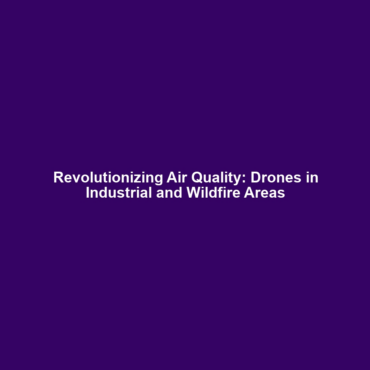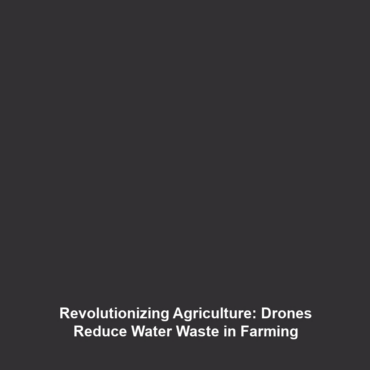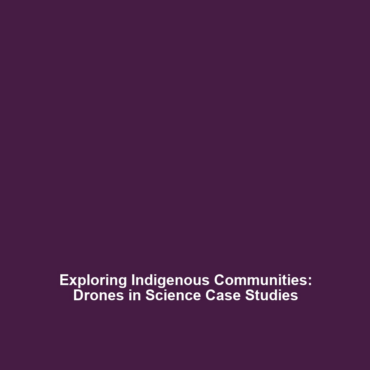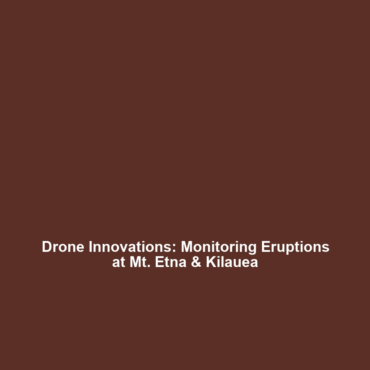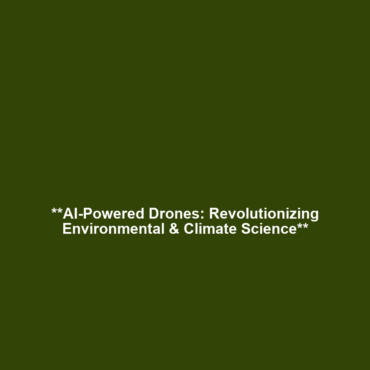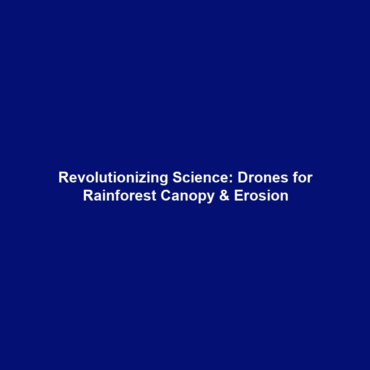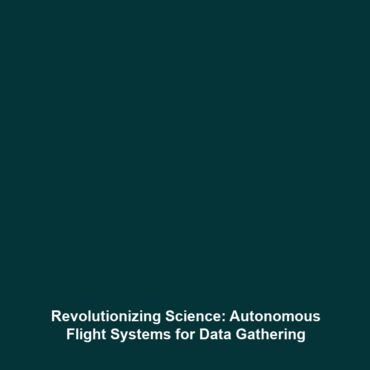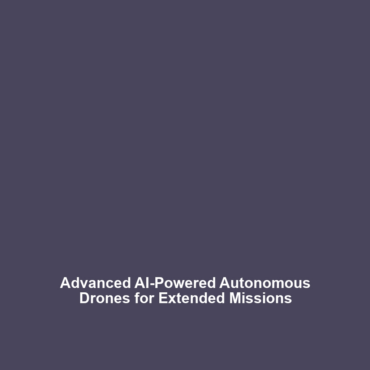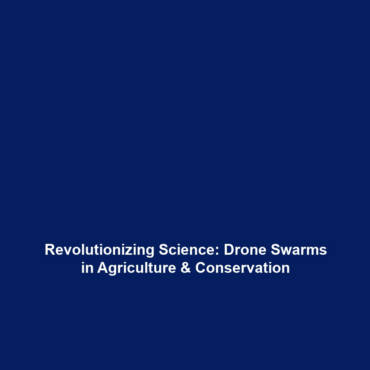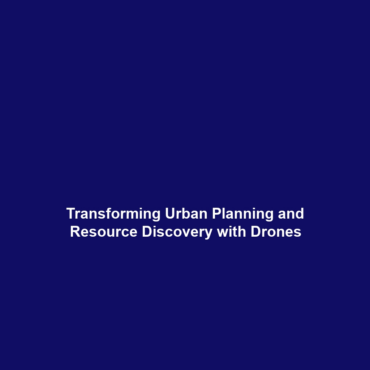Case Studies of Drones Monitoring Air Quality in Industrial Regions and Wildfire-Affected Areas
Introduction
Drones are revolutionizing scientific research, especially in monitoring environmental conditions. The use of drones for monitoring air quality in industrial regions and wildfire-affected areas has opened new frontiers in environmental science. These unmanned aerial vehicles (UAVs) enable researchers to gather real-time data in locations that may be hazardous or difficult to access. With increasing concerns about pollution and climate change, the significance of these case studies has never been higher, illustrating the critical role of drones in science.
Key Concepts
The application of drones in air quality monitoring integrates various scientific concepts and principles. Here are the key concepts associated with this growing field:
- Remote Sensing: Drones equipped with sensors can remotely assess air pollutants, allowing for extensive spatial coverage.
- Data Analytics: The data collected is analyzed to identify pollution sources and trends over time.
- Geographical Information System (GIS): Integration of GIS helps in visualizing air quality data for informed decision-making.
These concepts together contribute to innovations in drones in science, particularly in addressing environmental issues effectively.
Applications and Real-World Uses
Case studies demonstrate diverse applications of drones in monitoring air quality:
- Industrial Monitoring: Drones help industries comply with environmental regulations by continuously monitoring emissions.
- Wildfire Assessment: In wildfire-affected areas, drones are used to assess smoke dispersion and air quality, enabling timely health warnings.
- Urban Air Quality Studies: Urban planners use drone technology to evaluate pollution levels in city environments.
These examples highlight how drones are used in air quality monitoring and the substantial impact they have on public health and environmental management.
Current Challenges
Despite the advancements in drone technology, several challenges of monitoring air quality with drones persist:
- Regulatory Hurdles: Navigating governmental regulations regarding drone flights can complicate monitoring efforts.
- Data Accuracy: Ensuring high-quality data collection can be difficult, particularly in turbulent weather conditions.
- Operational Costs: Maintaining and operating drones incurs significant costs that may limit widespread adoption.
These challenges need to be addressed to enhance the effectiveness of drones in science.
Future Research and Innovations
The future of air quality monitoring with drones appears promising, with anticipated innovations and research breakthroughs:
- Advanced Sensors: Next-gen sensors will provide more precise data regarding specific pollutants.
- AI and Machine Learning: Integrating AI for predictive analytics will enhance data interpretation.
- Collaborative Networks: Developing networks of drones for comprehensive regional monitoring.
These advancements will significantly impact how we approach environmental challenges and demonstrate the impactful future of drones in science.
Conclusion
In summary, case studies of drones monitoring air quality in industrial regions and wildfire-affected areas represent a critical intersection of technology and environmental science. They play a significant role in enhancing our understanding and management of air quality issues. As we continue to advance in this field, collaboration among scientists, regulators, and technologists will be crucial. For further insights into the impact of drones in science, consider exploring articles on related topics such as drone technology in environmental monitoring or air pollution trends.
